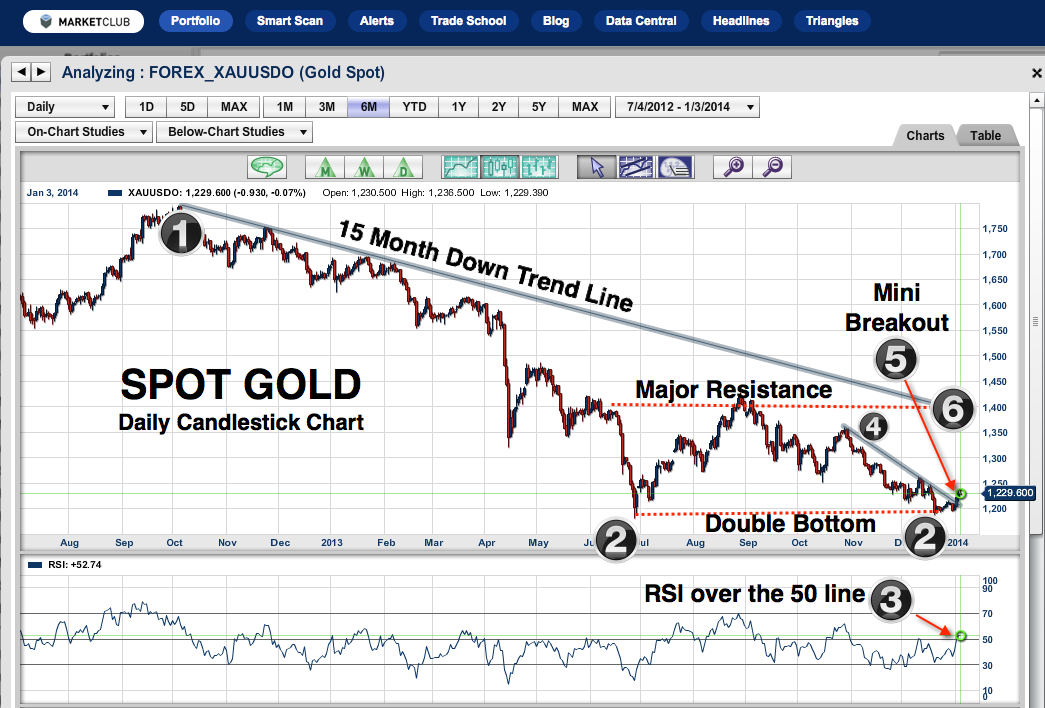A decade ago Berlin's mayor Klaus Wowereit tried to attract creative types to the city by declaring "Berlin ist arm, aber sexy" (poor but sexy).
It worked. The City's astonishingly low rents compared with other European capitals – a one-bed flat a short walk from Alexanderplatz in the centre of town can still be picked up for as little as €450-a-month (£373) – have helped draw arty people from across the world and made Berlin a major centre for artists, writers, musicians and, increasingly, technology and web entrepreneurs.
The city has already produced some globally recognised tech startup successes, including the music sharing service SoundCloud and games company Wooga – and Wowereit wants more.
"Berlin has caught the public's attention as a startup hub," he said. "We want to capture that momentum and drive Berlin's economy forward. [We] will fully dedicate ourselves to becoming Europe's leading startup hub."
The city already boasts 2,500 tech startups, and has attracted hundreds of millions of euros in investment from some of the world's biggest venture capital funds.
Wowereit admits that Berlin has some way to go in overtaking London as Europe's startup capital and has called in Chancellor Angela Merkel to help. She toured the city's new-tech clusters last year, told startups they were "the yeast that makes the industry grow" and promised to help make it easier for foreigners to register to work in the city.
The momentum behind Berlin has been building steadily in the past few months with Microsoft founder Bill Gates leading a $35m (£21m) investment in ResearchGate, a Berlin-based global network for scientists. Other big investments include famous Silicon Valley fund Sequoia Capital pumping $19m into 6Wunderkinder, maker of the popular to-do list app Wunderlist.As part of the investment Sequoia's Welsh partner Sir Michael Moritz will join the board of the three-year-old company that already boasts 6m users. New York fund Union Square Ventures led a $7m investment in the Football App, a mobile football news and information service downloaded by more than 12m people.
Gates's successor at Microsoft, Steve Ballmer, has opened an"accelarator" for startups in a grand building on Unter den Linden, Berlin's most famous boulevard.It joins a long list of other big established companies, including Deutsche Telekom, Deutsche Post, drugs company Bayer, media company Alex Springer and even supermarket chain Rewe and Coca-Cola.
Ballmer said he chose to locate the accelerator in Berlin – alongside Bangalore, Paris, Beijing, Tel Aviv and London – because he had been impressed by the "amazing emerging ecosystems" and "incredible startups" springing up in the city.
Source: theguardian


